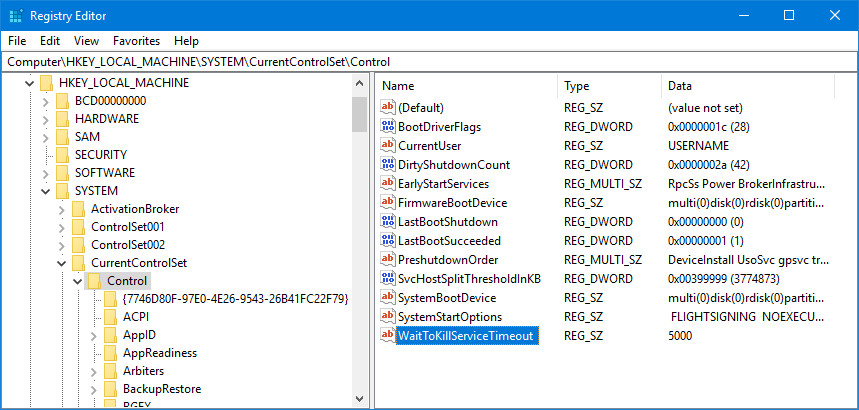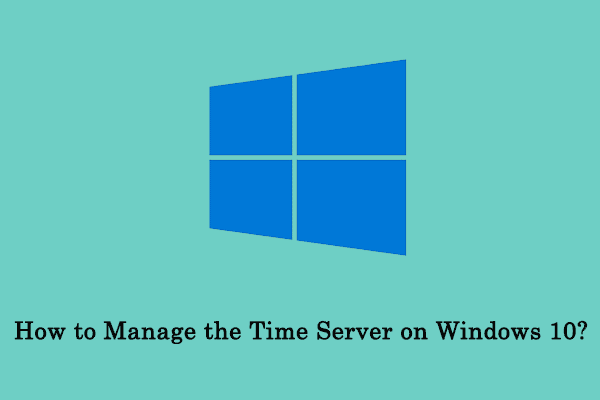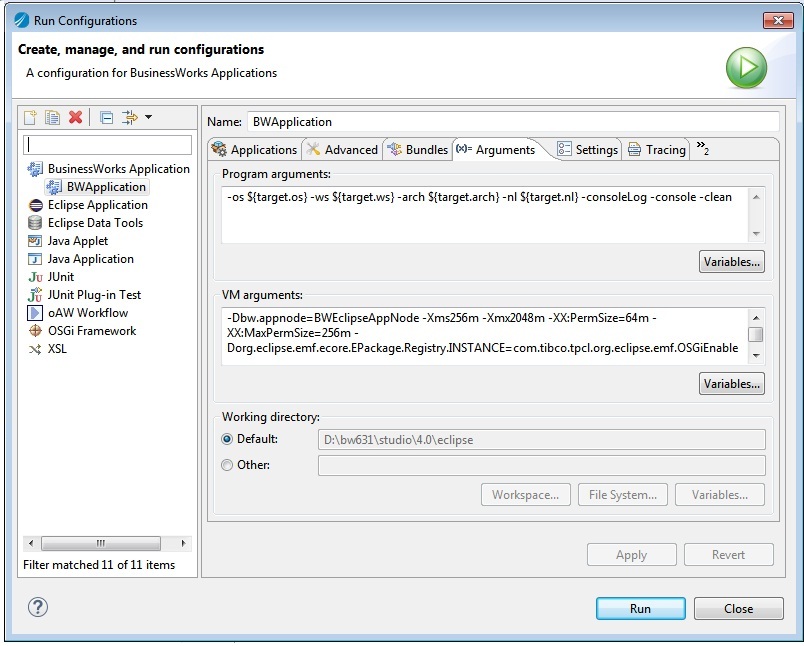

- #DCOM STARTUP TIME REGISTRY VALUE INSTALL#
- #DCOM STARTUP TIME REGISTRY VALUE UPGRADE#
- #DCOM STARTUP TIME REGISTRY VALUE CODE#
- #DCOM STARTUP TIME REGISTRY VALUE WINDOWS#
(%1 – domain, %2 – user name, %3 – User SID, %4 – Client IP Address)Īpplication %1 with PID %2 is requesting to activate CLSID %3 on computer %4 with explicitly set authentication level at %5. Please raise the activation authentication level at least to RPC_C_AUTHN_LEVEL_PKT_INTEGRITY in client application. The server-side authentication level policy does not allow the user %1\%2 SID (%3) from address %4 to activate DCOM server. The following time-correlated events should mention Configuration Manager applications and the usernames they're running under:

#DCOM STARTUP TIME REGISTRY VALUE INSTALL#
To log these events, install at least the October 2021 Cumulative Update for Windows. For more information, see the "New DCOM error events" section in KB5004442. To verify the DCOM hardening issue, check the following Event IDs in the System event logs on the server and client computers.
#DCOM STARTUP TIME REGISTRY VALUE WINDOWS#
By this point, you must resolve any compatibility issues with the hardening changes and applications in your environment.įor more information, see KB5004442-Manage changes for Windows DCOM Server Security Feature Bypass (CVE-2021-26414).

Hardening changes enabled by default with no ability to disable them. Hardening changes enabled by default but with the ability to disable them using a registry key. Hardening changes disabled by default but with the ability to enable them using a registry key. See the following timeline: Update release Therefore, Microsoft addressed this vulnerability with a phased approach, which is configurable by the RequireIntegrityActivationAuthenticationLevel registry key.
#DCOM STARTUP TIME REGISTRY VALUE CODE#
However, some applications require a code change to comply with the new security level. Later, Microsoft released security updates that improved DCOM protocol hardening. In 2021, the Windows DCOM Server Security Feature Bypass vulnerability was discovered and released in CVE-2021-26414.
#DCOM STARTUP TIME REGISTRY VALUE UPGRADE#
The latest versions of Configuration Manager make security changes, so we recommend that you upgrade to Configuration Manager, version 2203 or a later version. Besides enhancing security, installing the update can ensure the same level of DCOM hardening and logging capabilities. To resolve these issues, install the latest cumulative update for Windows on both computers that initiate the connection (the remote console or site server) and receive it (the SMS Provider, distribution point, or remote client). (Exception from HRESULT: 0x80070005 (E_ACCESSDENIED))Īt ()Īt ()Īt ()Īt ()Īt .WqlConnectionManager.Connect(String configMgrServerPath)Īt .GetConnectionManagerInstance(String connectionManagerInstance) Resolution (Exception from HRESULT: 0x80070005 (E_ACCESSDENIED))'Īccess is denied. Insufficient privilege to connect, error: 'Access is denied. When the Configuration Manager administrator connects remotely to client computers, the same issue (under any user account, the remote connection fails, but the local connection is successful) occurs for Configuration Manager tools like Support Center or Policy Spy.Ĭontent fails to be distributed to a remote distribution point.Įrror codes that are recorded in the respective log files or client applications may resemble the following: Error codeįor example, when the administrator tries to open a console remotely, the SmsAdminUI.log file displays the following error message: However, under the same credential, a local connection to the SMS Provider is successful. The Configuration Manager console fails to access the SMS Provider remotely under any user account. SymptomsĪfter installing the June 2022 security updates for Windows or later, a Configuration Manager administrator encounters one of the following issues: This article provides solutions for issues that may occur in Configuration Manager after the June 2022 security updates for Windows are installed.

With the June 2022 security updates for Windows, hardening changes in DCOM are enabled by default. Microsoft Endpoint Configuration Manager uses the Distributed Component Object Model (DCOM) Remote Protocol at multiple parts of functionality. Applies to: Configuration Manager (current branch)


 0 kommentar(er)
0 kommentar(er)
